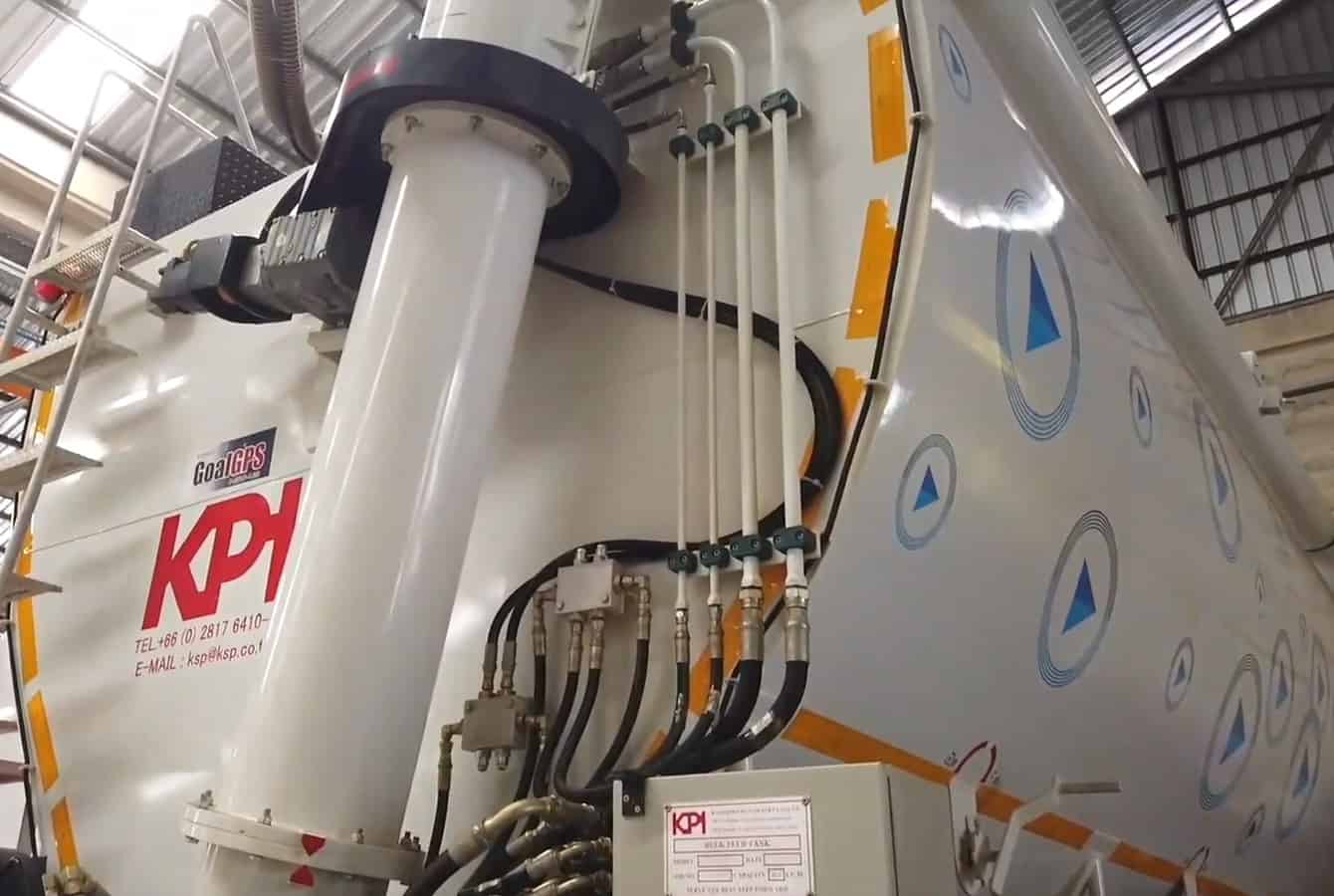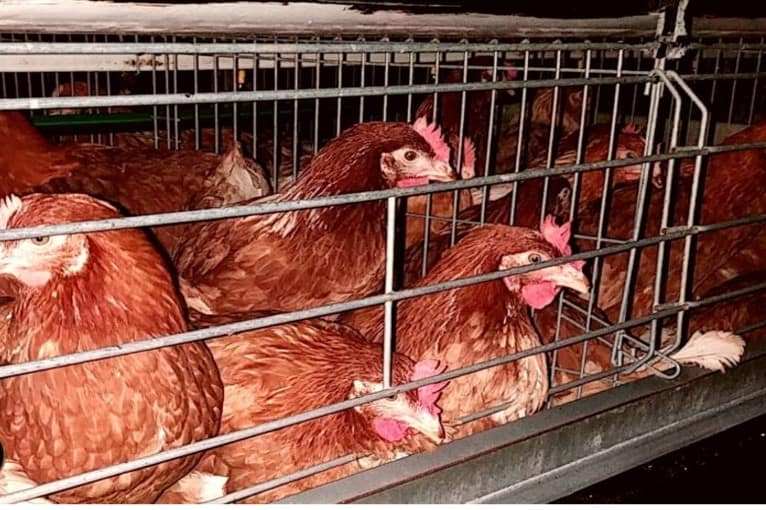Closed system greenhouses (evaporative cooling system)
Since Thailand is a country in the tropics, the air temperature is quite high. Most of the livestock farmers often build the houses as open sheds. This is to want the air inside the house to be circulated and ventilated to reduce the heat inside the house well The temperature of the open house cannot be controlled, the temperature of the house can vary according to the weather conditions outside the house. It can get very hot during the summer.Some pets, such as broilers, may not be able to stand the heat. In order to avoid hot weather and want to control the temperature of the house, a closed system house was invented based on the principle of water cooling and using a fan as a diffuser. With a honeycomb (cooling pad) that allows water to flow through until wet When running the fan which is in the opposite direction of the honeycomb board, the outside air will be sucked through the honeycomb panels into the house. The house is cool by using the water evaporation principle. In addition, closed houses can also prevent disease very well, especially avian influenza.

Both open houses and closed houses have their own advantages and disadvantages. Farmers have to decide which house system they should choose, but overall, closed houses will help address the hot climate problem. And prevent disease better than open greenhouses The advantages and considerations of closed houses are as follows:
Advantages
- Reduces stress caused by heat and makes chickens healthier.
- In the parent breeds of chickens, the cockerels will produce higher yields.
- Reduce mortality Especially in hot weather
- It uses fewer fans compared to open schools. And it is economical Electric current
- It can be used in conjunction with a dark-out system to raise parent chickens more efficiently than open houses.
- The air circulation inside the house is very consistent. Fresh air from outside will pass through the honeycomb panels into the house and exhaust the exhaust air outside the house by a fan only for a short time, reducing the ammonia level in the house.
- Better growth rate and feed conversion efficiency in broilers.
- Reduce antibiotic use
- It can raise more chickens than an open house. When compared with the same area
- Able to control the temperature, humidity, ventilation and house lighting.
Considerations
- High early stage investment (Depending on the efficiency of the care of each farm)
- The temperature control system of the house depends on many factors such as the type and size of the cooling plate. Humidity levels outside and inside the house Area and density of farming Number of fans and fan position layout In order to generate air circulation at the air velocity that is appropriate and evenly throughout the house Knowledge must be studied And understanding of operational systems and having correct management methods.
- Raising animals that are crowded beyond the limits of their ability to maintain House condition and number of equipment Causing health problems and substandard productivity
- The size of the house in a closed farm system must take into account the farm's all-in all-out capacity. Sheds that are too large are unable to completely remove the animals. Within a certain time And make it necessary to bring animals Later generations gradually entered the house. While the previous series of animals are kept in the house, it will certainly affect the health of the new generation.
- The enclosed housing is designed to help increase animal productivity. Prevention of disease or infection of animals should focus on protecting farms in closed systems.
Content Credits:
http://elearning.nsru.ac.th/web_elearning/animals/lesson5_4.php
http://www.saiseenews.com/ Agriculture / Closed farm system -evap- to /






